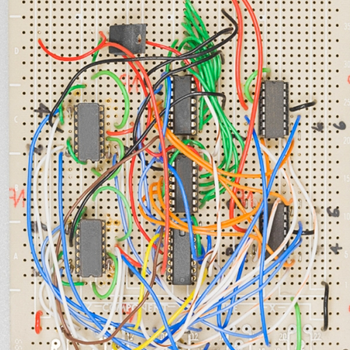Use linear interpolation between consecutive perfect squares to find find an approximation of each value. Round your answer to the nearest tenth. Using these rules how would I do this with #sqrt3#?
I'm having some trouble figuring out how to do this, any chance someone could give an explanation how to solve it?
Thanks
I'm having some trouble figuring out how to do this, any chance someone could give an explanation how to solve it?
Thanks
1 Answer
See below. The answer is
Explanation:
[What is linear interpolation?]
Linear interpolation is a method of curve fitting with linear plynomials.
Suppose two points
 )
)
[Solve this question]
In this question,
The formula of the line between
Substitute
[This is your turn]
Then, how about trying to approximate
The answer will be

